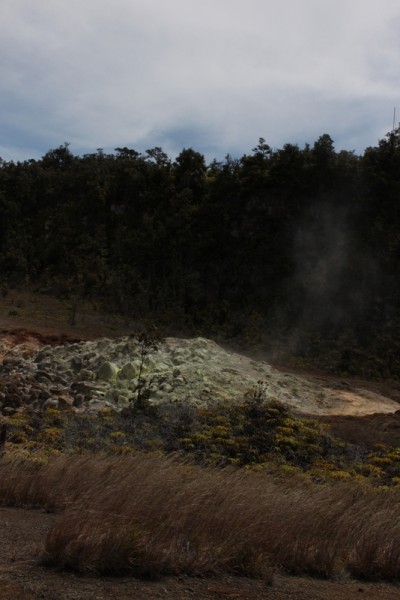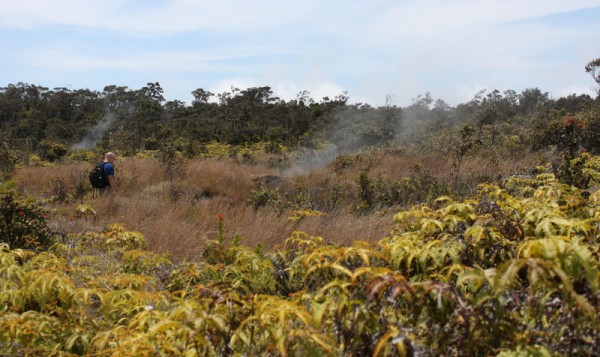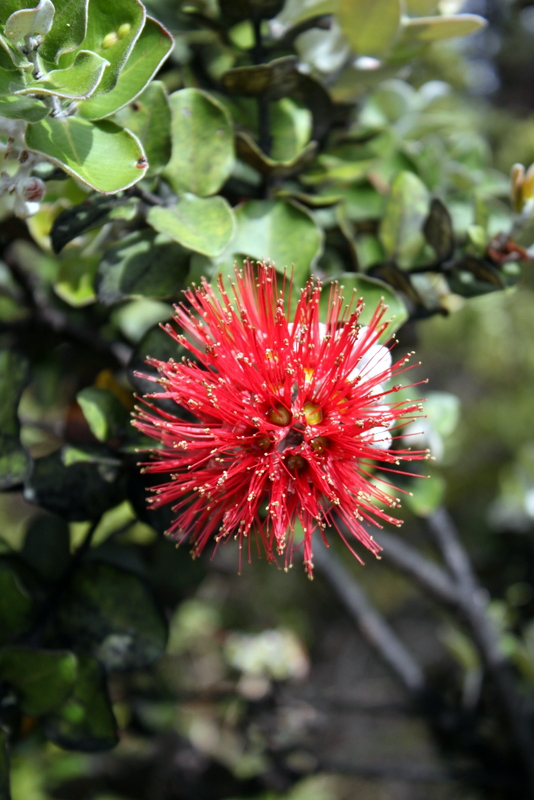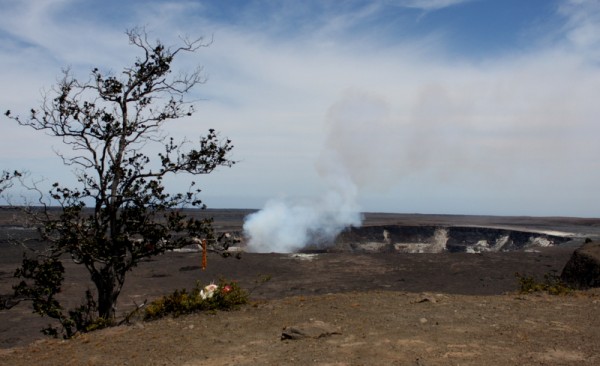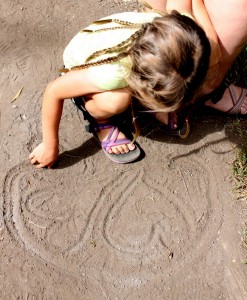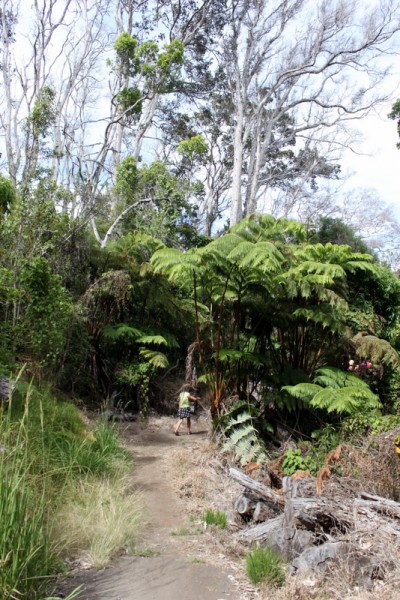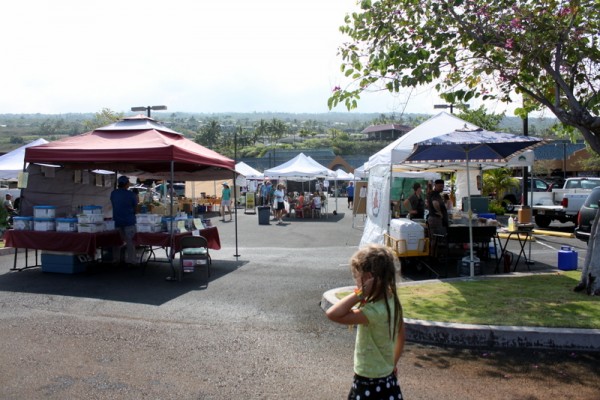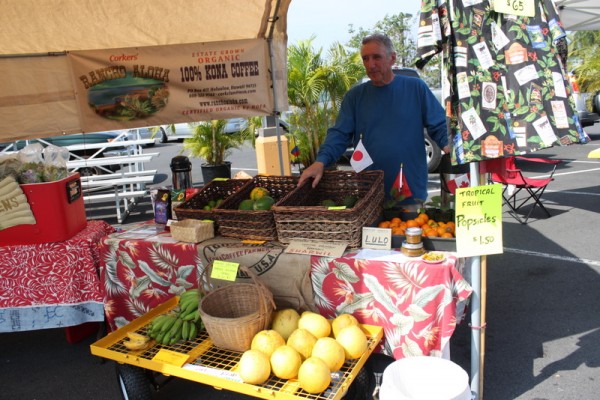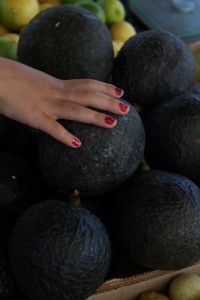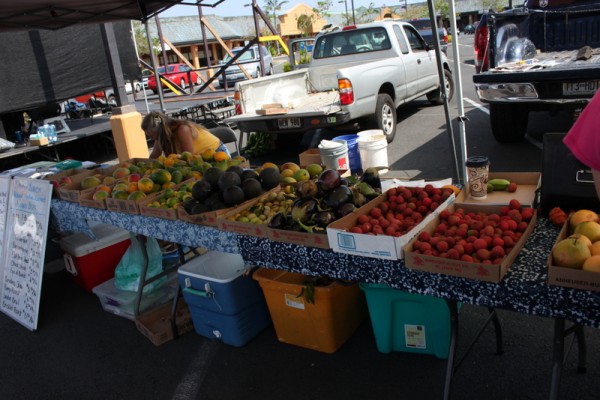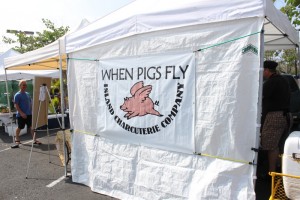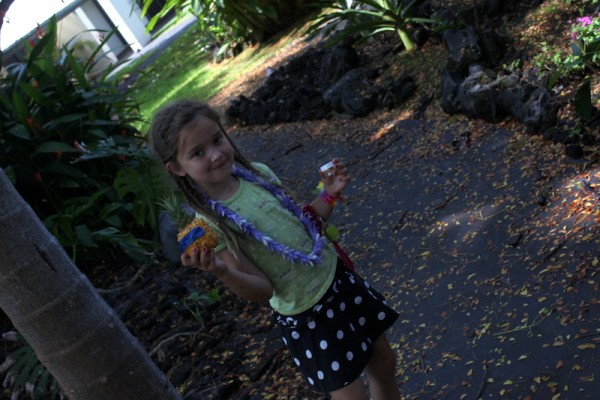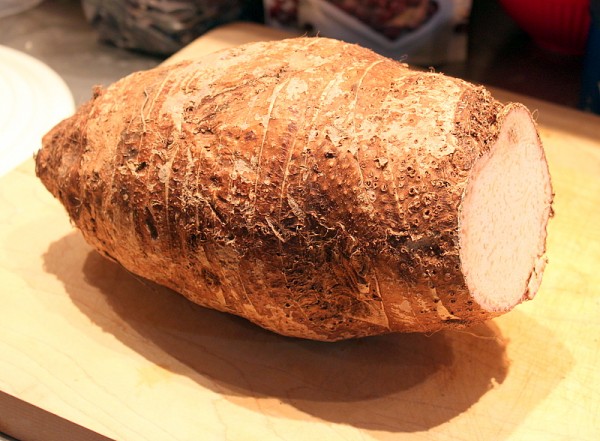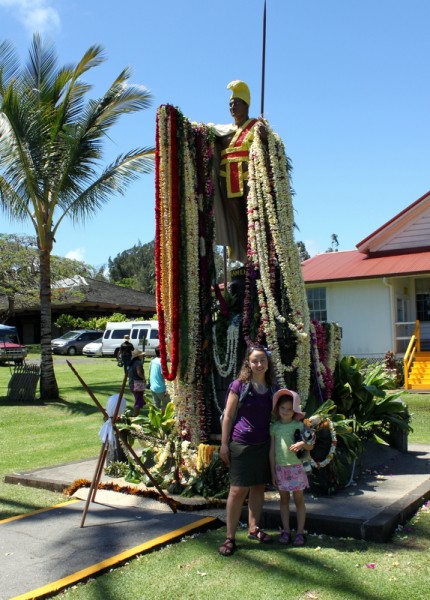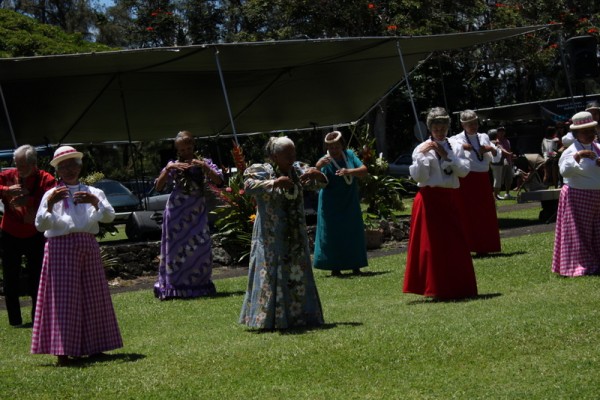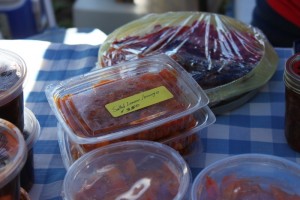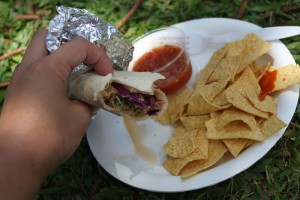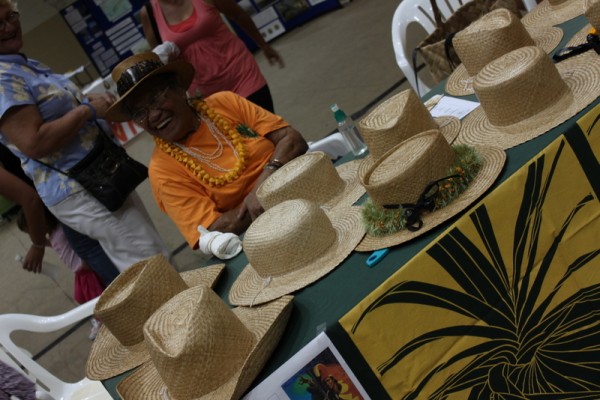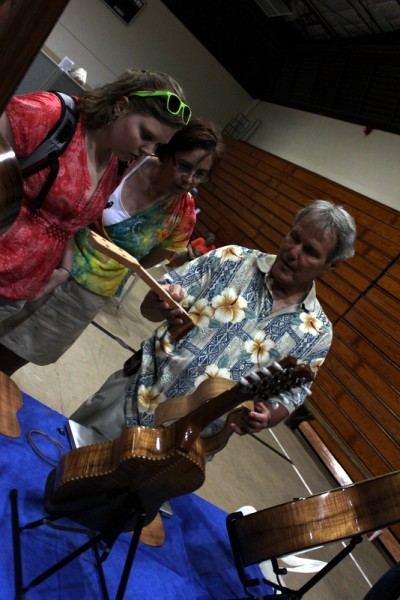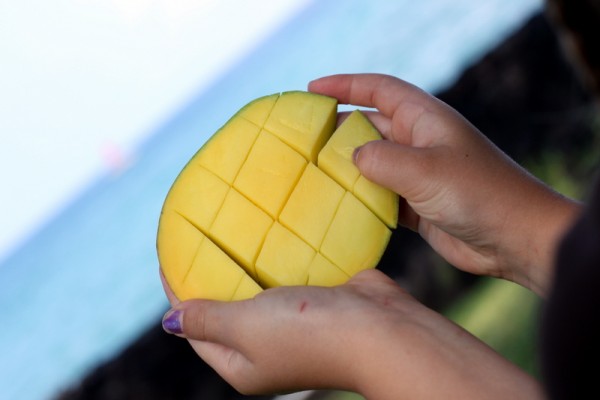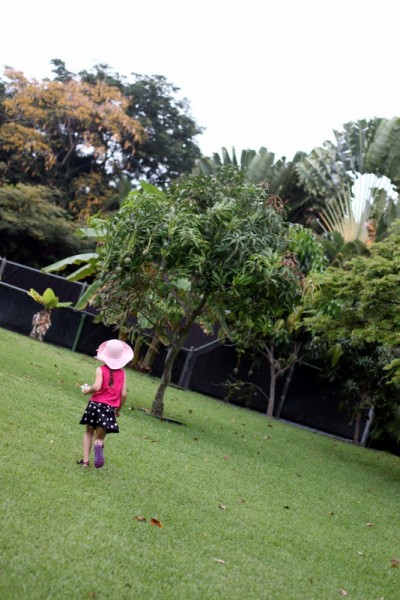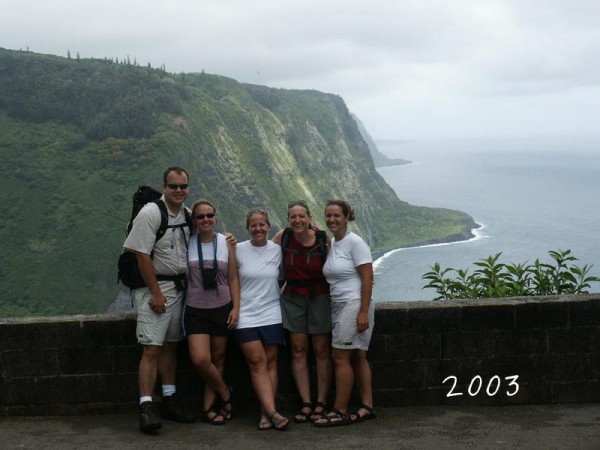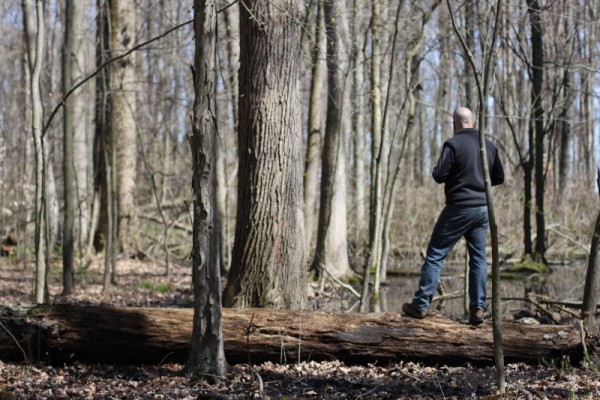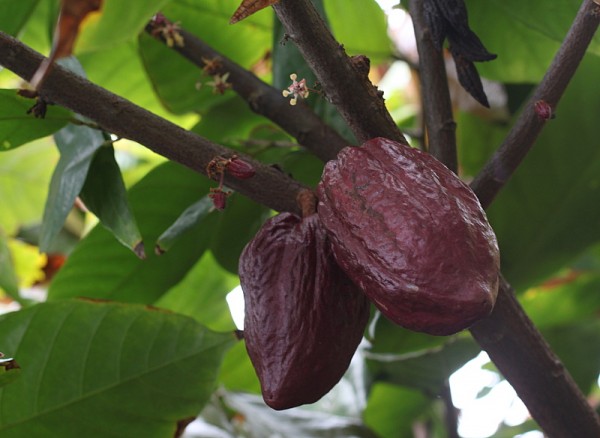 Up a winding road south of Kona on the Big Island of Hawaii lays a most unique farm. The Original Hawaiian Chocolate farm is the only grower and producer of single origin chocolate in the United States. My family and I had to visit this one-of-a-kind operation during our visit to Kona.
Up a winding road south of Kona on the Big Island of Hawaii lays a most unique farm. The Original Hawaiian Chocolate farm is the only grower and producer of single origin chocolate in the United States. My family and I had to visit this one-of-a-kind operation during our visit to Kona.
About The Original Hawaiian Chocolate Farm
Owners Bob and Pam Cooper bought their three acre estate in 1997 with one acre of seven-year old cacao trees. The plantation included all three varieties of cacao: forestero, trinitaeium and criollo. The land is also home to coffee and macadamia nut trees and semi-feral chickens and turkeys.
Cacao originated in Venezeula 3000 years ago and has been cultivated for over the last 1000 years. The trees can live 40-50 years and grow to over 100 feet in the wild. They prefer latitudes between 15-20 degrees south or north of the equator and can tolerate 600-800 inches of rain.

Under the advice of a consultant, the Coopers tested their beans for flavor at a lab in Barcelona, Spain. The results were good and gave them the green light to produce their first batch of chocolate in 2000. The consultant advised blending with purchased cacao, but the Coopers had a hunch that their beans could stand on their own. The result is their single-origin chocolate produced in "undoubtedly the smallest Willy Wonka factory in the world", as Bob describes it.
Bud to Bar - How Chocolate is Made
Chocolate begins as a tiny flower bud on the trunk of a cacao tree. These buds must be pollinated within an hour of blooming by a tiny midge fly to continue their life. Only 6-10% of blooms are pollinated. The tree self-culls hundreds of the pods. These shrivelled brown pods dry in the sun on the trunks.
Pollinated pods take five months to ripen. Pods grow to 10-12 inches in length and ripen to a bright yellow, red, or red and yellow stripe depending on the cacao variety. Ripe pods do not drop off the tree themselves and must be cut by hand. Bob and helpers at the Original Hawaiian Chocolate farm harvest pods every two weeks.
Next pods are opened by hand to reveal the beans inside. Each bean is covered with puma, a sugary yeasty substance, suspended by a fruity fiberous placenta. The placenta can be eaten; we tasted it and were pleasantly surprised by the sweet slightly tart flavor. (Notice the gecko enjoying the puma?)
The puma starts fermenting when exposed to oxygen. Growers house beans in natural mahogany slatted boxes during the sweating stage when beans will reach 122 degrees F. The puma melts into a sweet liquid that can be harvested and further fermented into alcohol if desired, though the Original Hawaiian Chocolate farm leaves it to soak into the earth.
In 6-8 days for purple forestera beans and 3-4 for white criollo, the beans will be fully fermented to a brown color. The beans then dry in wire-bottomed racks. The beans must reduce their moisture content from 50% to 7% before they are ready for storage and production. In the Hawaiian sun, this typically takes 20-25 days.


A specialized conch machine grinds the beans to create a liquor next. Vanilla powder, sugar, milk, and several other ingredients are added to the conch next in the 18 hour process. Finally, the resulting chocolate is tempered (cooled slowly to achieve characteristic crisp crunch and smooth texture) in a special machine made in Ohio. The liquid chocolate is molded into bars or the company's signature plumeria flower shape.
The Original Hawaiian Chocolate company creates just under 10,000 pounds of chocolate from tree to treat annually.
Chocolate Facts
- Chocolate nib contains natural polyphenols, alleged to lower blood pressure, reduce the risk of chronic diseases and have anti-inflammatory benefits.
- Milk inhibits the absorption of polyphenols, so enjoy dark chocolate for the most health benefits.
- Additives weaken the flavor of chocolate; high quality chocolate will contain few additives.
- Chocolate contains two powerful natural stimulants: caffeine and theobromine. Theobromine induces migrane headaches in 20% of the human population but the rest of us experience increased libido from it.
Tour Tips
Our group of chocolate lovers from age six to seventy eight enjoyed the tour of the Original Hawaiian Chocolate operation, located about 15 miles from the Kona airport. The tour lasts about 90 minutes and includes samples of three types of chocolate. A short walk through the trees and factory includes seating for those who need it. Reservations are required; call or email at least a few weeks in advance or you'll be grovelling for a last minute spot like we did.
Original Hawaiian Chocolate operates an online store for those who want to taste their farm-to-package chocolate but can't make it to the Big Island. I like the dark chocolate best.













